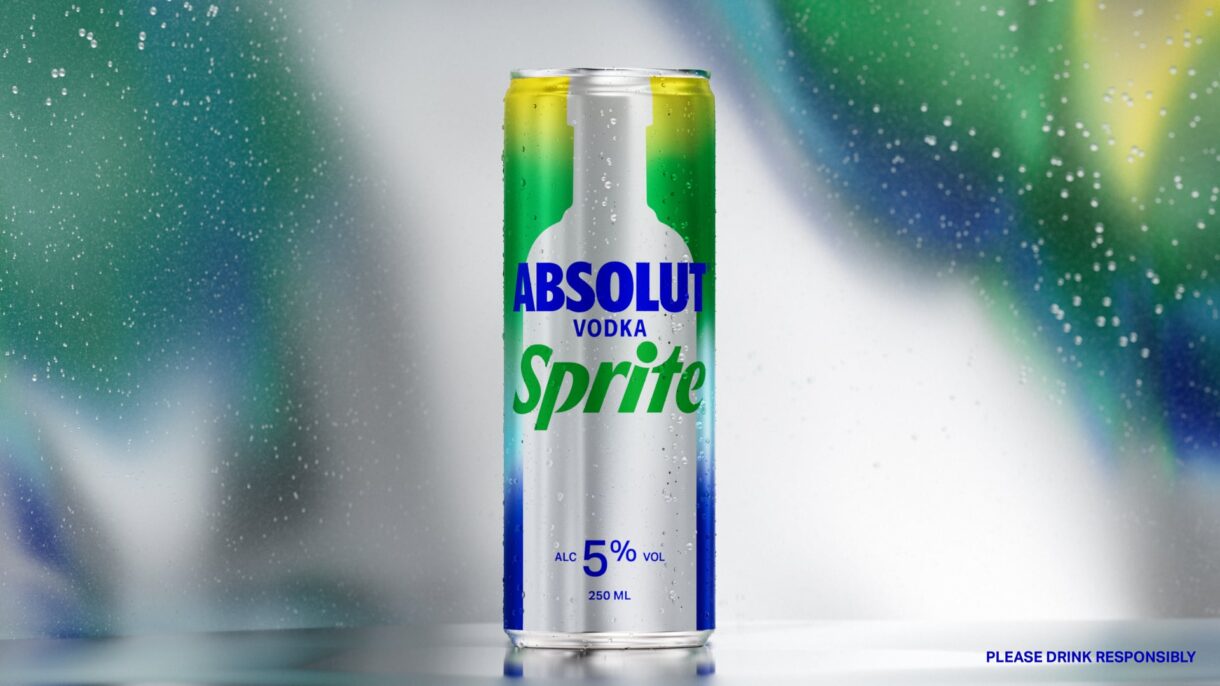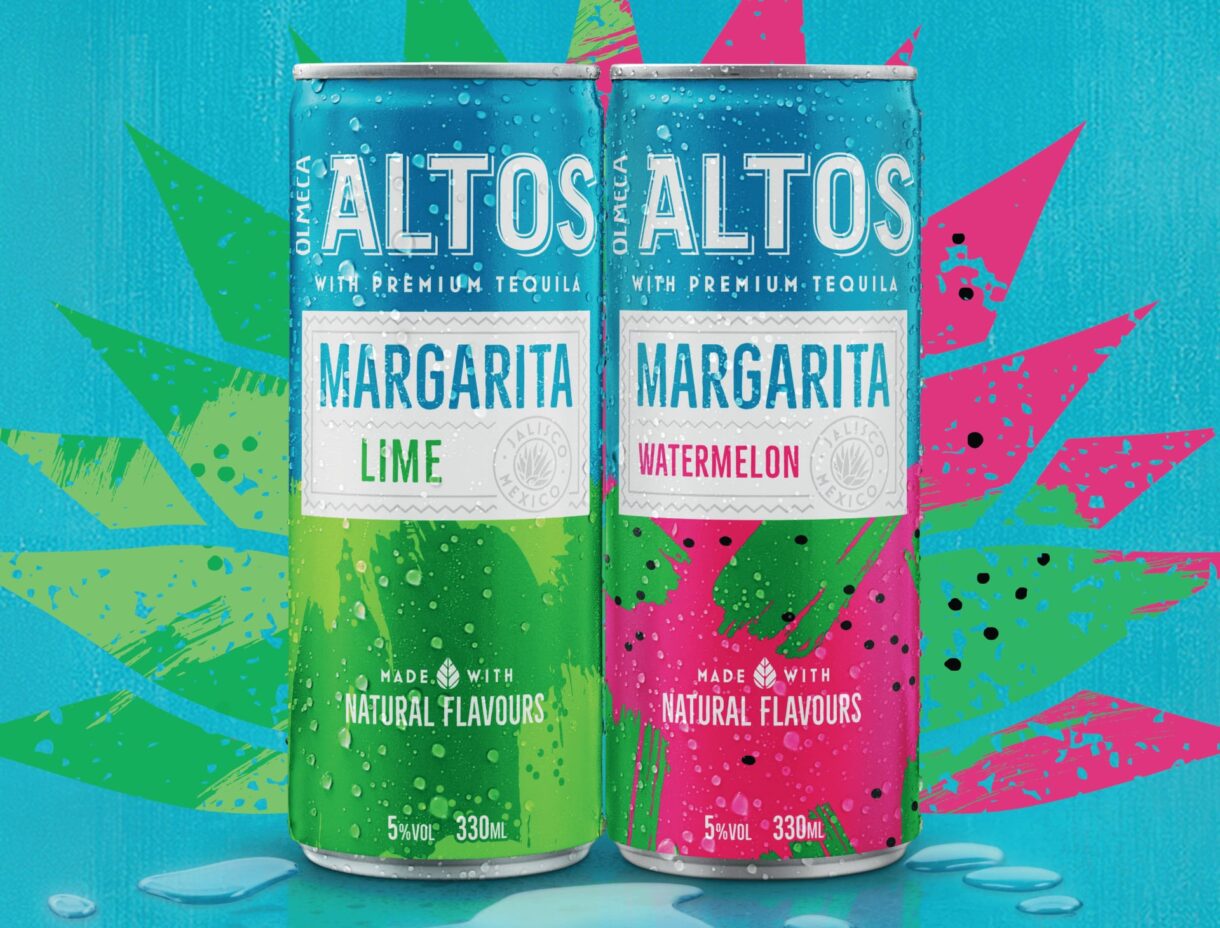Ready-to-drink – An ever-growing category that is here to stay
After exponential growth during the pandemic, the ready-to-drink category has continued to expand. It has now reached the point where it’s a strategic priority to focus on.
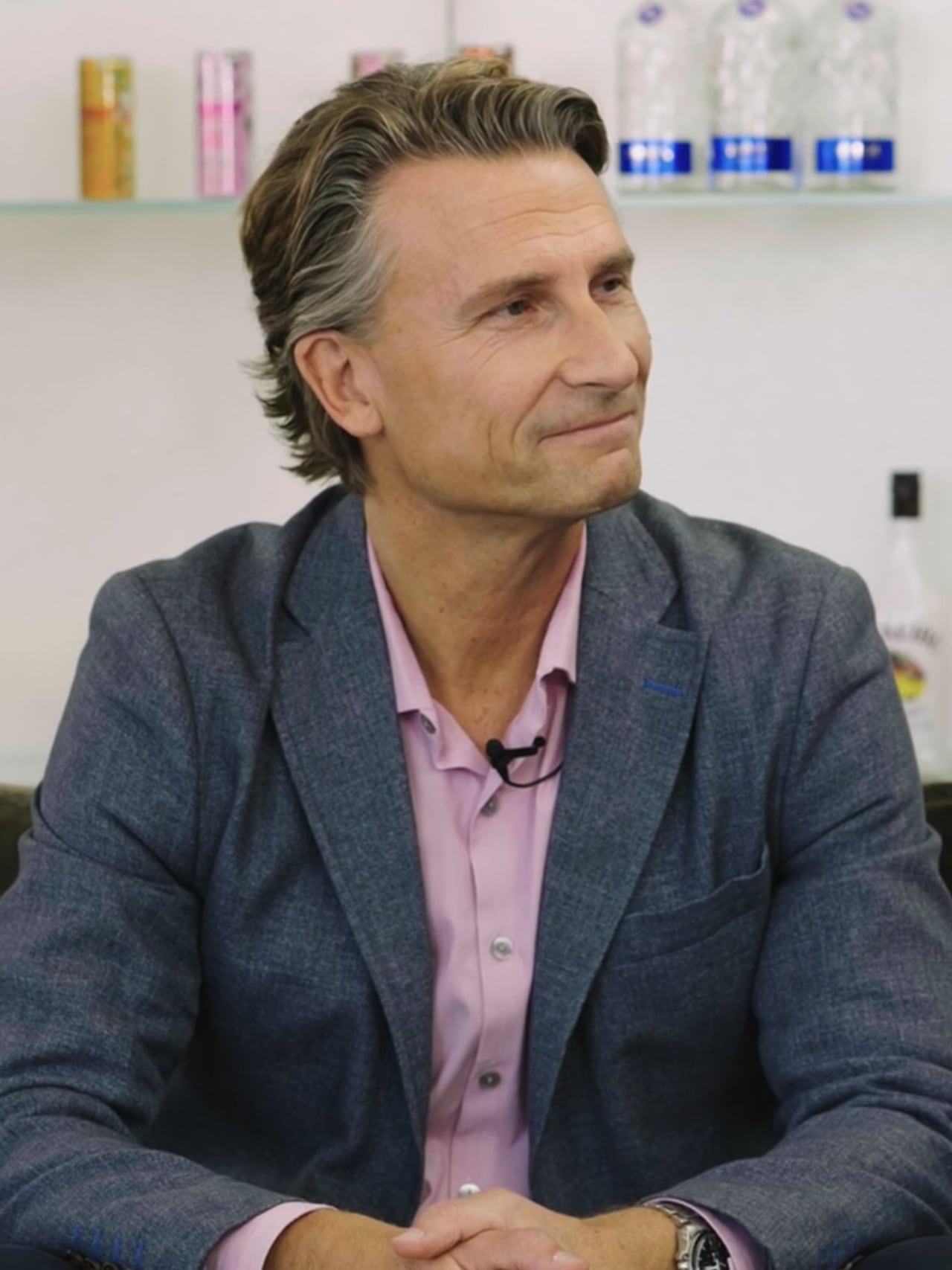
One year has passed since we last spoke with Fredrik Syrén, Managing Director of Pernod Ricard’s ready-to-drink business unit. We reflect on the past year in the realm of ready-to-drink beverages and discuss the driving forces behind the market growth, emerging consumer behaviours, and what’s shaping the future trajectory of the RTD category.
How has Pernod Ricard’s ready-to-drink business evolved since we last spoke?
As you may know, we decided to make RTD a strategic priority and created the RTD business unit within Pernod Ricard. That was two and a half years ago, so we now have a very defined global strategy with prioritised markets and a very exciting innovation pipeline. In the first two years, we doubled our sales, and this fiscal year also looks very promising in terms of growth.
What products are driving the growth?
For a few years, it was the so-called FABs – or flavoured alcohol beverages – that drove the market forward. That was logical, as it’s also the segment that started the category. Then came the rise and fall of the hard seltzers, particularly in the United States. But what everybody is talking about now are cocktails and long drinks, which is the fastest-growing RTD subcategory. This aligns well with our strategy, as that’s where we mainly see a fit for our premium brands.
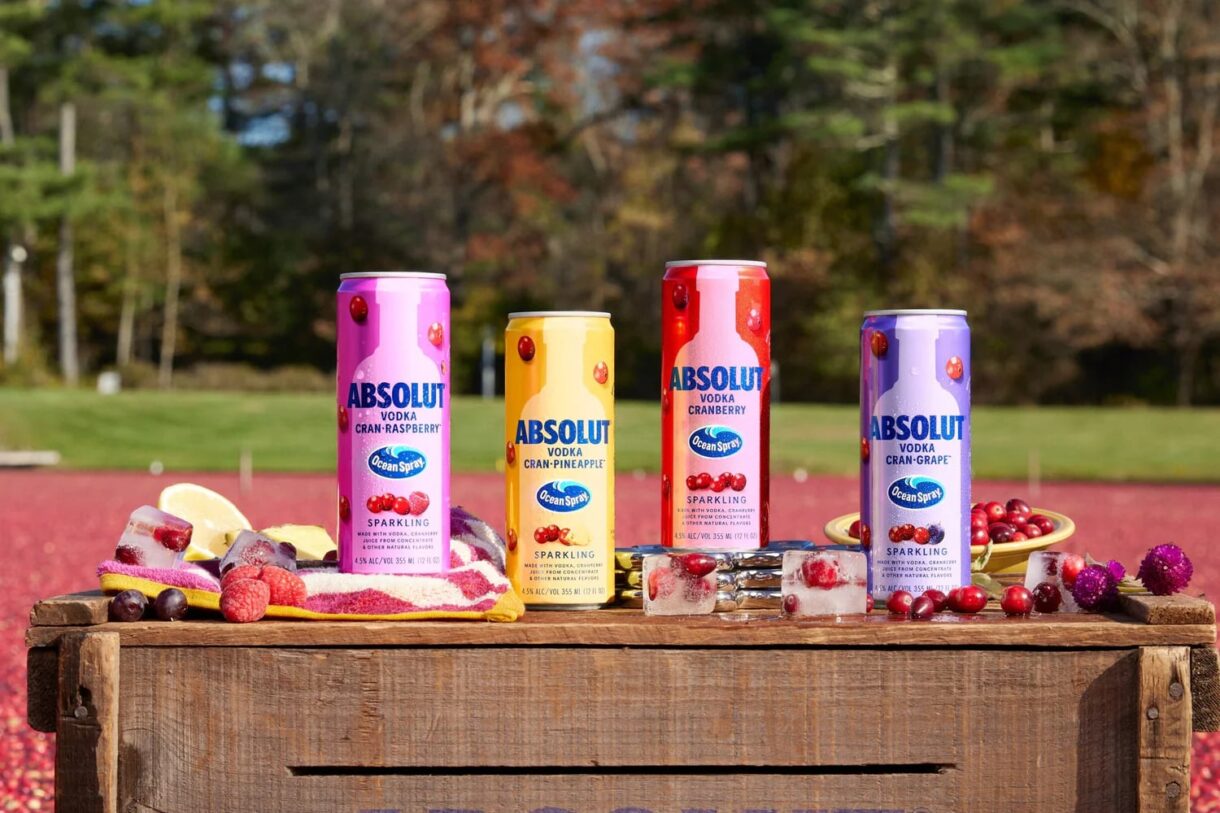
Are established brands starting to dominate the market?
At least for us, it’s very much about working with our premium brands and leveraging the strong awareness and brand equity they have. That means we don’t have to invest as much in building a brand from scratch. Instead, we invest in cocktails and long drinks, where we have a robust brand portfolio and products that fit the profile. That said, we still want to break into some markets where FABs dominate, not necessarily to take market share from FABs but to bring new consumers into the category.
Where do the new consumers come from? Are people abandoning other drinks in favour of RTDs?
It’s mostly beer and wine drinkers that switch to RTDs. According to a study from IWSR, only 14% of RTD drinkers say they would have chosen spirits if they did not buy the RTD product in the top ten RTD markets. Meanwhile, 68% are switching from beer and wine. So, in other words, ready-to-drink is a good engine of growth for the spirits players, as almost all sales are incremental.
What are the key markets, and how do they stand out?
The stand-out market is North America, and the US in particular. Japan is another huge market. Globally, however, this is still very much uncharted territory. North America alone represents half the global volume, and only seven countries account for roughly 80 percent of the global market volume.
We have a few prioritised markets that include North America, Australia, the UK, Germany and South Africa. These are areas where the category has already made its breakthrough. But in terms of what they prefer to drink, they can differ. FABs and cocktails or long drinks are almost equal in market share in the US, whereas, in the UK, people prefer cocktails and long drinks. Similarly, US and UK consumers choose vodka-based drinks, while Australian and German consumers want whiskey as a base. This pattern is recurrent – if people are used to ordering vodka-based cocktails in the bar, they also tend to choose that sort of RTD from the shelf.
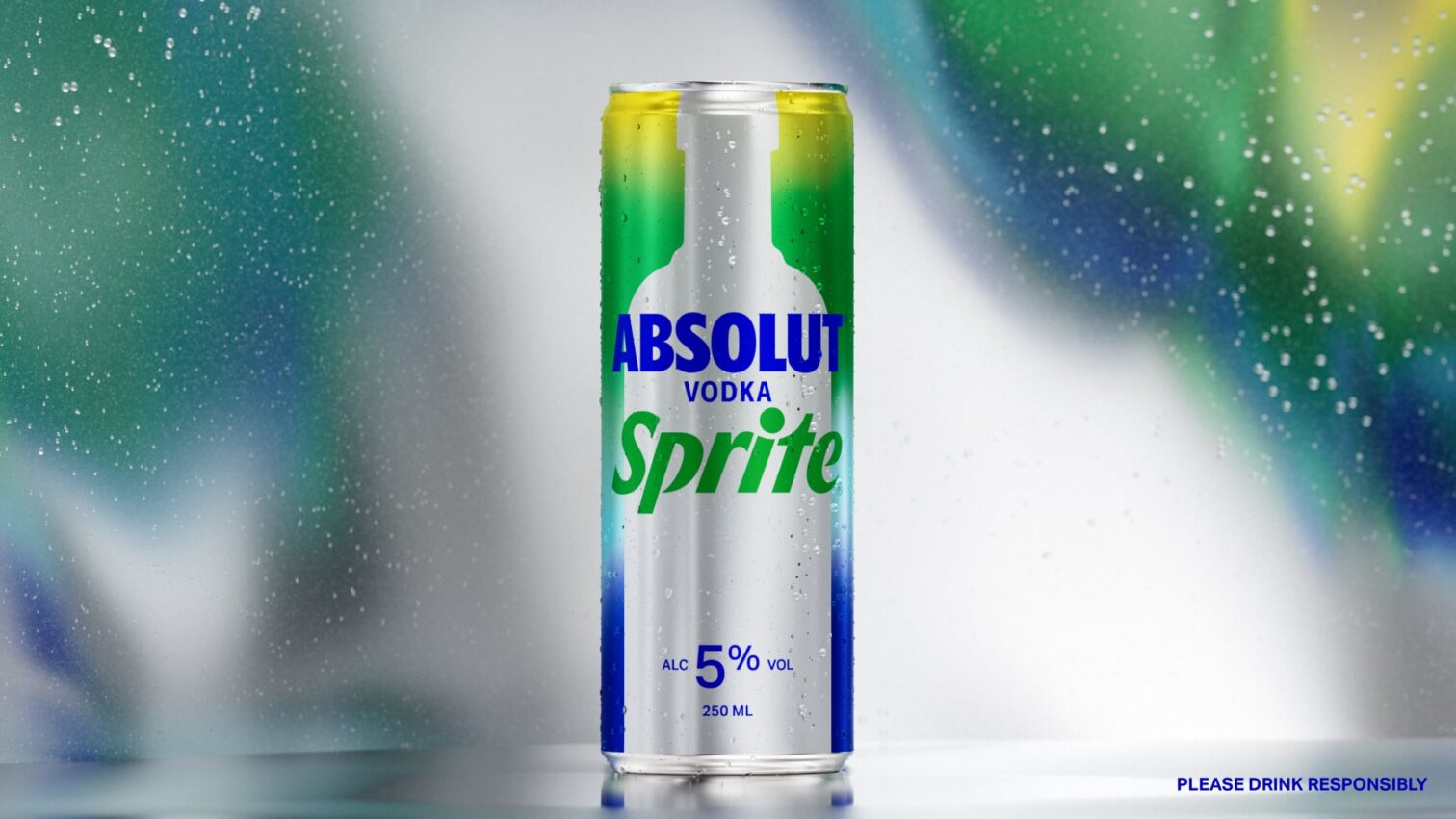
What’s the secret to making a breakthrough in a new market?
The key here is that what has started the category also drives the growth. If you take significant market shares in a market before it becomes big, you tend to keep a large portion of that share as the category continues to grow. So, being a so-called ‘first mover’ is essential. It is all about entering in the right phase. We want to arrive where the market is in its infancy but looks set to grow substantially.
Ready-to-drink is a good engine of growth for the spirits category, as almost all sales are incremental
Absolut has launched an RTD range with Ocean Spray in the US, and with Sprite in European markets. Where is the interest in cobranded propositions coming from?
These two collaborations represent a common drink people order in a bar or mix at home, hence vodka cranberry and vodka lemonade. We give consumers what they love in a convenient format. Bringing two popular and well-known brands, that have built trust over time, together in a can means consumers know what to expect in terms of taste and quality. Co-branding is thus a win-win for both brands, as it appeals to consumers in a totally different way than if each brand offered an RTD with a generic vodka or mixer.
The ready-to-drink category offers many new ways of socialising. How do you personally relate to conviviality?
Since the ready-to-drink space is relatively new, not only as a business unit in our organisation but also in a much broader sense, part of my job is building engagement and enthusiasm internally. Building a network and spreading the word is crucial, and that naturally involves lunches, an occasional drink with colleagues or business partners, and travelling to our markets to meet in person and discuss opportunities in the trade.
So, what does the future look like for the RTD category?
The future looks bright! If you look at the total US alcohol market, RTD is already the second largest category after beer. Globally, the category will soon reach one billion 9-litre cases (the industry’s standard measuring unit). That, in terms of market value, is approximately 40 billion euros. The category is also growing faster than others. Forecasts predict that RTDs will contribute 20 percent of the total growth of the spirits market until 2027.
That’s why it’s such a strategically important category. Not only because it’s growing but also because it opens up new avenues of consumption. We sometimes call it the ‘brand-in-hand category’ because virtually everyone who enjoys our RTDs holds a representation of our brand in their hand.
